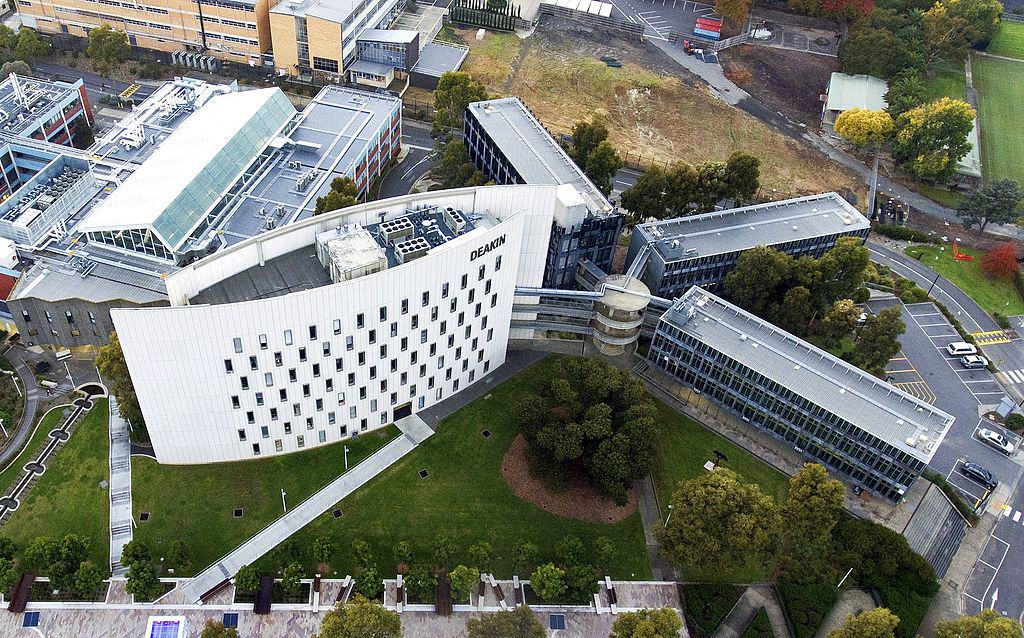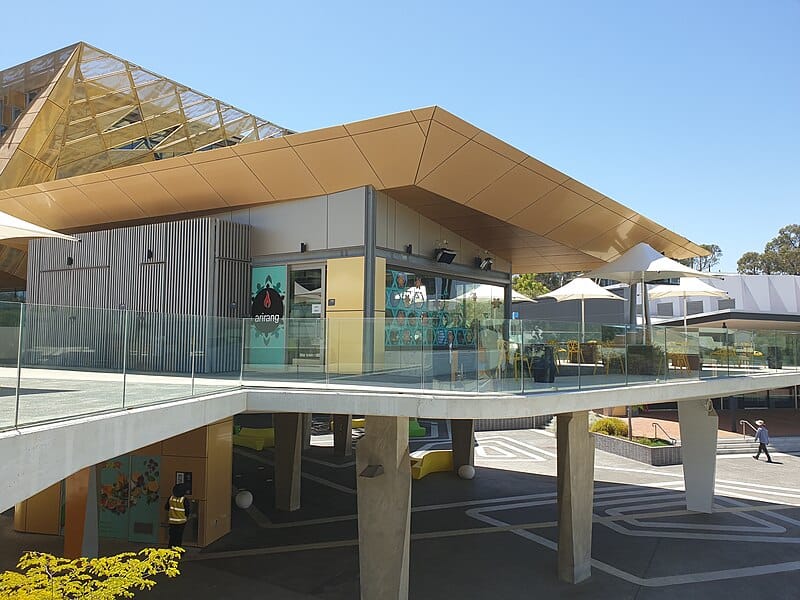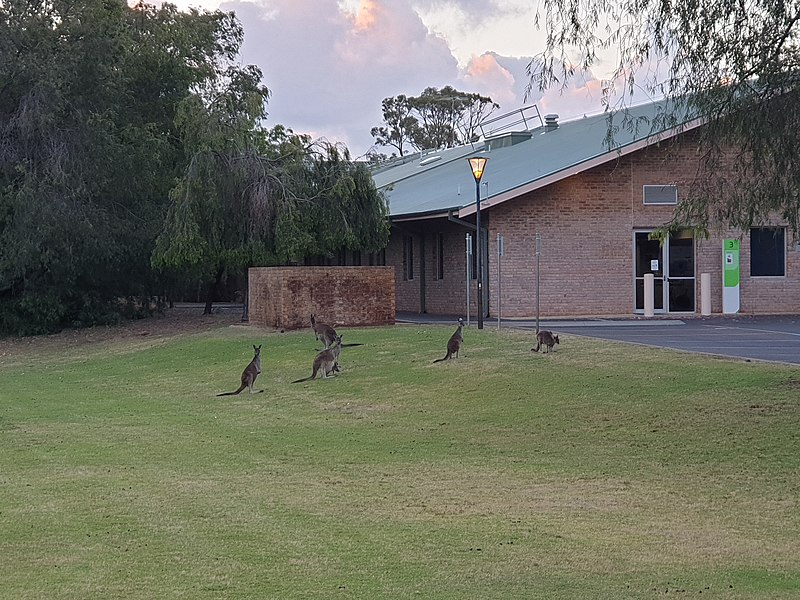Health science is a rewarding field of study, and one that’s in constant demand. As Australia’s life sciences sector has grown 43% between 2019–2022, the need for new workers in this field is also growing. It’s a highly respected and effective sector: Australia’s health ranking is second among OECD countries. If you want to study abroad in this field, there are many great courses to choose from. One of the first questions you’ll need to answer is: where to study health science? Here, we’ll look at why studying health science in Australia could be a great choice for you.
Serious about studying abroad? Here are our top five strategies for making the most of your time.

Image Credit: Bob T, CC BY-SA 4.0, via Wikimedia Commons
A History of Innovation in Health Science
Australian tertiary educational institutions have made many important contributions to health science research. Per the Australian Government, Australian university research is especially notable in “oncology, neurology, regenerative medicine, medical devices, tropical diseases, diabetes, cardiovascular disease, and diagnostics.” If you’re interested in one of these fields, studying in Australia might be just the ticket. Plus, you may study alongside top researchers.
Australian university research has resulted in key inventions like:
- The world’s first cervical cancer vaccine. It was invented by University of Queensland researchers Professor Ian Frazer and Dr. Jian Zhou.
- Spray-on skin (using tissue engineering technology to treat burns), created by Professor Fiona Wood.
As well, in 2022, a team at Griffith University began phase I clinical trials for a malaria vaccine that can be freeze-dried into a powder or frozen. This increases its portability to countries where malaria is widespread.
Many other health science inventions are also Australian. Important inventions include medical ultrasounds, an electronic pacemaker, and bionic ears (cochlear implants). Even the refrigerator has its origins Down Under! The first commercial ice-making machine was invented by James Harrison, who immigrated to Australia from England.
Check out our list of the 5 most affordable student cities in Australia!

Image Credit: Orderinchaos, CC BY-SA 4.0, via Wikimedia Commons
Diverse Health Science Course Options
The focus of health science courses range from elder care to clinical trial management. Courses come in all shapes, sizes, and types. At the tertiary (or post-secondary) level, Australian institutions fall into two main types. One is Vocational and Education Training (VET). The other is higher education, including universities.
VET Courses (Certificates and Diplomas)
These courses teach students practical and technical skills, or prepare them for future education. Students earn qualifications like certificates (with tiers I, II, III, or IV), or diplomas. All VET courses fit under Australian Qualifications Framework (AQF) levels 1–5.
VET courses can take anywhere from six months to two years. They become more technical at higher levels. For example, Certificate III (AQF level 3) courses can lead to either skilled work or more education. Many Australian apprenticeships lead to a Certificate III. On the other hand, students who take a diploma course (AQF level 5) may graduate into the workplace. Or, they may use up to one year of their course credit towards a related bachelor’s degree.
Note: AQF levels show how complex a course is, including how many years of full-time study it takes. Levels are the same across Australia, so students can transfer between institutions and move from one level of study to the next more easily.
Higher Education (Advanced Diplomas and Degrees)
Australian universities emphasize research and theoretical knowledge. They award associate, bachelor, master, and doctoral degrees, which span AQF Levels 6–10.
At the undergraduate level, advanced diploma and associate degree courses at Australian universities are often equal to one to two years of degree-level study. They fit into AQF at Level 6, and take one to three years to complete.
Bachelor’s degrees span two AQF levels. A standard bachelor’s degree, which takes three to four years, is a Level 7 qualification. Students earn an honours bachelor’s degree after an extra year of study or for top marks This degree fits into AQF at Level 8. In the past, degrees were only delivered by universities. Now, some private colleges and TAFE institutions also offer degrees. Regardless, these degrees are recognized globally. This means graduates can work in health sciences anywhere in the world.
Popular health science bachelor’s degrees include:
- Bachelor of Health Sciences at Deakin University
- Bachelor of Science – Paramedical Science at Edith Cowan University
- Bachelor of Nursing (Honours) at Griffith University
In Australia, postgraduate international students can choose between three paths for their master’s degree: Research, Coursework, or Extended. Extended degrees take longer than the other two types (three to four years long, versus one to two). They often involve independent research and collaboration with professional organizations. Similarly, research master’s degrees are usually two-thirds research-based, and include writing a thesis.
Popular master’s degree courses include:
- Master of Clinical Psychology at LaTrobe University
- Master of Health Administration, Policy, and Leadership at Murdoch University
- Master of Public Health at Federation University
The course you choose should definitely inform where you live in Australia. But, as you look at different options, also research the campus’ broader community. Consider the city or town’s size, culture, and climate to find the right spot for you!

Image Credit: Trentino Priori, CC BY-SA 3.0, via Wikimedia Commons
Shape Your Career with Australian Work Experience
Your course may include work experience opportunities. For example, you may have a placement at an Australian health care facility. These are often mandatory parts of the course, and may be paid or unpaid. If your internship or placement is unpaid, be sure to budget extra money for that part of your studies. (Unpaid internships are more common in health studies programs which partner with not-for-profit workplaces, like hospitals.)
As you enter into an internship, remember as an international student, you have workplace rights. So, if you have concerns, it’s worth talking to the work coordinator or your institution’s international student office.
Work experience can be a good way to “test drive” different work environments. Maybe you’ll learn you’d rather work at a clinic, rather than a large hospital. Or, you’ll find that a front-line role is energizing, vs. working in health research. You might even work with someone who inspires you to pursue even further studies. Plus, you’ll build your professional network.
Did you know? Many Australian post-study work visa durations were increased for Indian international students. This is thanks to a 2023 India-Australia trade agreement. Learn more on our blog.

So, why study health science in Australia? It can be a very rewarding field, both for the impact you’ll have on your community and the professional growth you’ll experience. Your credentials will be recognized worldwide, so you can pursue an international career. And you’ll have access to top-tier learning facilities as you study.
…also, you might run into some kangaroos on campus, which is something you can’t say anywhere else in the world!

On a more serious note, in this fast-growing sector, there are diverse job opportunities for new grads. In fact, Statista predicts over 200,000 new health care and social assistance jobs in Australia by early 2025. Studying abroad in Australia can get you one step closer to your career goals. We wish you the best of luck on the path ahead!
Ready to launch your Australian study abroad journey? Register for free with ApplyBoard, and find a course that matches your interests, goals, and budget.



